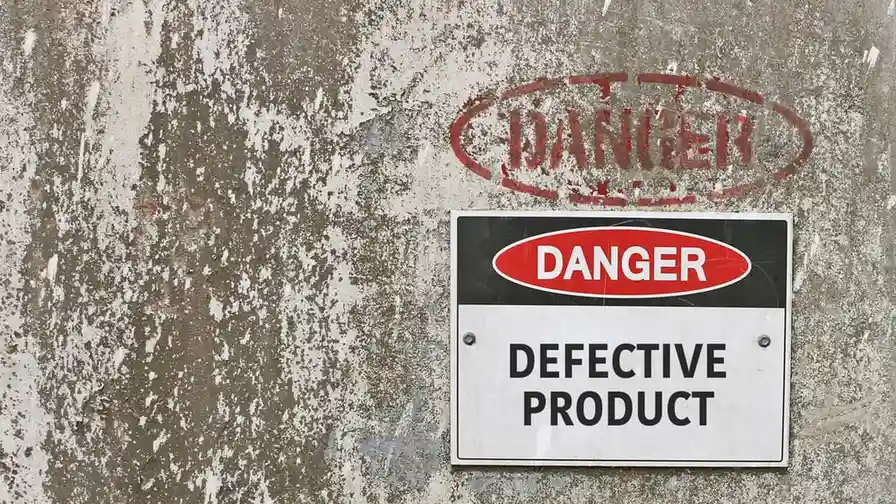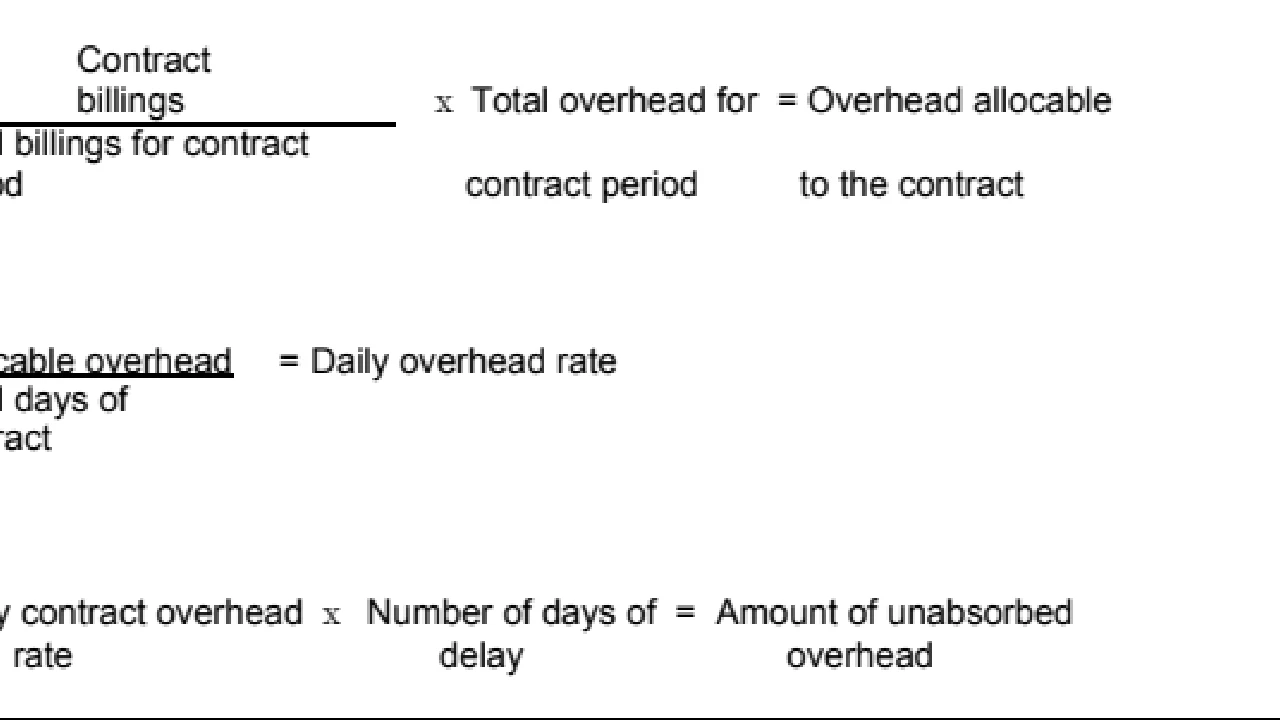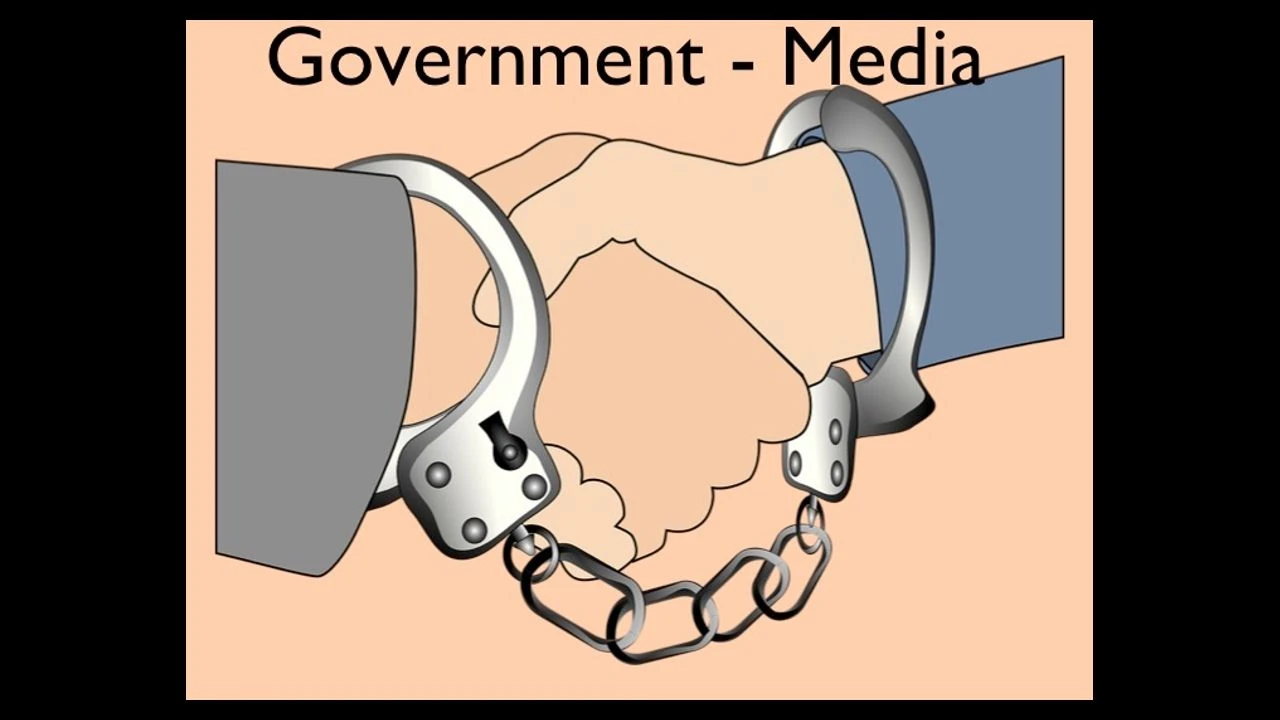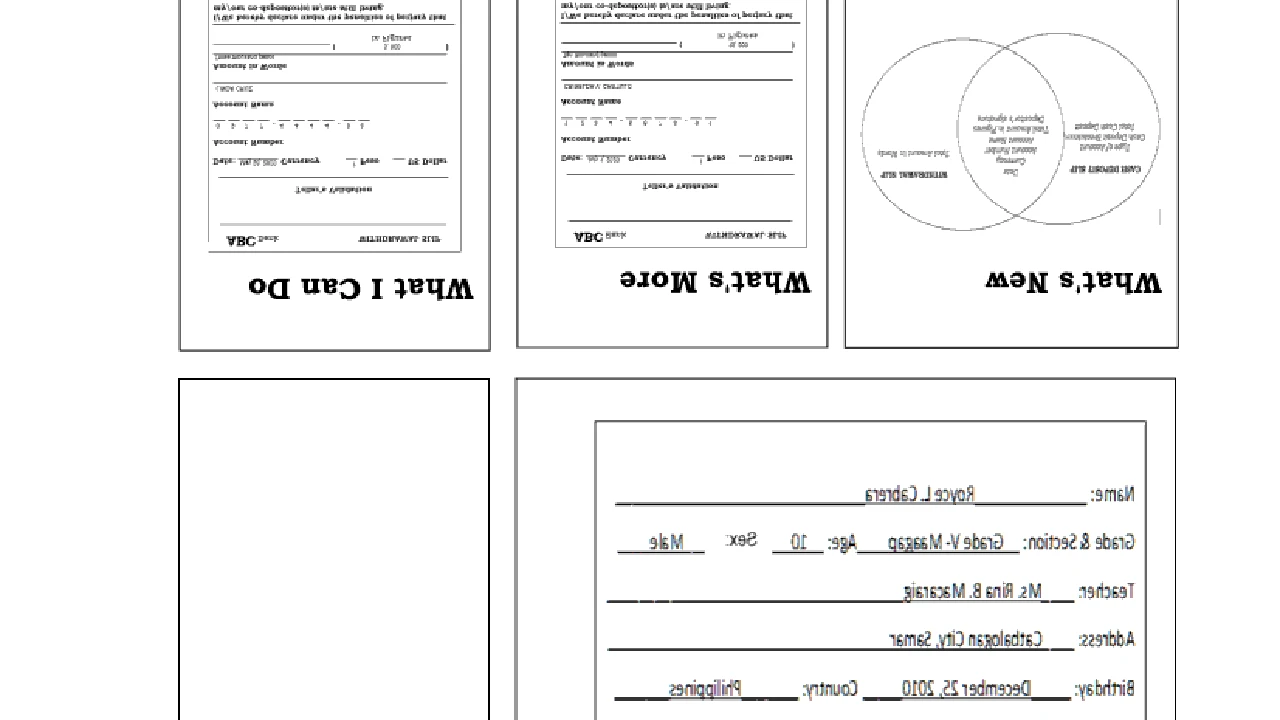Accidents Caused by Defective Car Parts: Product Liability Claims

Understanding Product Liability in Car Accident Claims and Defective Auto Parts
Hey everyone! Ever wondered what happens when a car accident isn't just about driver error, but about something fundamentally wrong with the car itself? We're diving deep into the world of product liability claims related to defective car parts. It’s more common than you might think, and understanding your rights is crucial if you've been involved in an accident caused by a faulty component.
Product liability basically means that manufacturers, distributors, and sellers can be held responsible for damages caused by their defective products. This applies to cars and car parts too. If a defective part causes an accident, you might have a claim against the manufacturer, not just the other driver.
Common Defective Car Parts Leading to Car Accidents: A Deep Dive
So, what kind of car parts are we talking about? Here are some of the most common culprits:
- Defective Tires: Tire blowouts, tread separation, and sidewall failures can lead to loss of control and serious accidents.
- Faulty Brakes: Brake failure is a nightmare scenario. Issues can range from defective brake pads to malfunctioning anti-lock braking systems (ABS).
- Steering System Problems: Steering components that fail can result in sudden and uncontrollable shifts in direction.
- Airbag Malfunctions: Airbags that don't deploy or deploy improperly can cause serious injuries or even death.
- Seatbelt Defects: If a seatbelt fails to restrain you properly during a crash, the consequences can be devastating.
- Accelerator Problems: Unintended acceleration is a terrifying problem that can lead to high-speed collisions.
- Electronic Control Systems (ECU) Issues: Modern cars rely heavily on electronic control systems. Malfunctions in these systems can affect everything from engine performance to braking.
- Suspension Failures: Broken or poorly manufactured suspension components can compromise vehicle stability.
Let's break down some of these in more detail.
Tire Defects and Product Liability: Road Hazards and Manufacturer Negligence
Tires are critical for safety. Defects can arise from manufacturing errors, design flaws, or even improper installation. Imagine driving down the highway when your tire suddenly blows out. Scary, right? If the blowout was caused by a defect, the tire manufacturer could be liable.
Example: A tire company uses substandard materials, leading to premature tread separation. Several accidents occur due to this defect. The victims can sue the tire company for damages.
Brake System Failures and Car Accident Claims: Ensuring Vehicle Safety
Brakes are arguably the most important safety feature in a car. A failure can have catastrophic consequences. Common brake defects include faulty brake lines, defective master cylinders, and ABS malfunctions.
Example: A car manufacturer installs brake pads that wear out prematurely, leading to brake failure. An accident occurs, and the manufacturer is held liable.
Steering System Defects and Loss of Control: Navigating Product Liability Lawsuits
A properly functioning steering system is essential for maintaining control of a vehicle. Defects can range from loose steering columns to faulty power steering systems.
Example: A power steering pump fails, causing the driver to lose control of the vehicle and crash. The pump manufacturer could be held liable.
Airbag Malfunctions and Injury Lawsuits: Understanding Your Rights
Airbags are designed to protect occupants during a crash. However, they can sometimes malfunction, either by failing to deploy or by deploying improperly. A particularly notable instance was the Takata airbag recall, which affected millions of vehicles worldwide due to the potential for airbags to explode and send shrapnel into the passenger compartment.
Example: An airbag fails to deploy during a collision, resulting in more severe injuries to the driver. The airbag manufacturer could be liable.
Seatbelt Defects and Accident Injuries: Holding Manufacturers Accountable
Seatbelts are another essential safety feature. A defective seatbelt can fail to restrain you properly during a crash, increasing the risk of serious injury.
Example: A seatbelt buckle fails during a collision, causing the occupant to be ejected from the vehicle. The seatbelt manufacturer could be liable.
Accelerator Problems and Unintended Acceleration: Investigating Vehicle Defects
Unintended acceleration can be a terrifying experience. It can be caused by a variety of factors, including sticky throttles, faulty sensors, and software glitches.
Example: A car's accelerator sticks, causing the vehicle to accelerate uncontrollably. The driver is unable to stop the car, resulting in a collision. The manufacturer could be held liable.
Electronic Control System (ECU) Malfunctions: Addressing Complex Vehicle Issues
Modern cars rely heavily on electronic control systems. Malfunctions in these systems can affect everything from engine performance to braking.
Example: A software glitch in the ECU causes the car to suddenly decelerate on the highway, leading to a rear-end collision. The manufacturer could be held liable.
Suspension Failures and Vehicle Instability: Ensuring Roadworthiness
A well-maintained suspension system is critical for vehicle stability. Failures can lead to loss of control, especially at high speeds.
Example: A suspension component breaks while the car is traveling at highway speed, causing the driver to lose control and crash. The component manufacturer could be held liable.
Proving a Product Liability Claim: What You Need to Know
So, you suspect a defective car part caused your accident. What's next? Proving a product liability claim can be complex, but here's a breakdown of the key elements:
- The product was defective: You need to show that the car part had a defect in its design, manufacturing, or marketing.
- The defect caused the accident: You need to prove a direct link between the defect and the accident.
- You suffered damages: You need to demonstrate that you suffered injuries and financial losses as a result of the accident.
Gathering evidence is crucial. This can include:
- Police reports: These reports often contain details about the accident and any potential contributing factors.
- Photos and videos: Document the damage to your vehicle and any injuries you sustained.
- Expert testimony: An expert witness can examine the car part and provide an opinion on whether it was defective and whether the defect caused the accident.
- Medical records: These records document your injuries and treatment.
Navigating the Legal Process: Hiring a Product Liability Attorney
Product liability cases are often complex and require specialized knowledge. It's highly recommended to hire an experienced product liability attorney who can:
- Investigate your claim: Your attorney will gather evidence, interview witnesses, and consult with experts.
- Negotiate with the manufacturer: Your attorney will negotiate with the manufacturer's insurance company to try to reach a settlement.
- File a lawsuit: If a settlement cannot be reached, your attorney will file a lawsuit on your behalf.
- Represent you in court: Your attorney will represent you in court and present your case to a judge or jury.
Product Recommendations and Comparisons for Enhanced Car Safety
Okay, let's talk about some products that can help enhance your car's safety and potentially mitigate the risk of accidents caused by defective parts. Remember, these aren't guarantees, but they can offer an extra layer of protection.
High-Performance Tires: Bridgestone Potenza RE980AS vs Michelin Pilot Sport All Season 4
Upgrading your tires can significantly improve your car's handling and braking performance. Two popular options are the Bridgestone Potenza RE980AS and the Michelin Pilot Sport All Season 4.
Bridgestone Potenza RE980AS: These tires offer excellent grip in both wet and dry conditions. They're known for their responsiveness and sporty handling. Expect to pay around $150-$300 per tire, depending on the size.
Michelin Pilot Sport All Season 4: These tires are a top choice for all-season performance. They provide exceptional grip, comfort, and long tread life. They're a bit pricier, typically ranging from $200-$400 per tire.
Comparison: The Michelin Pilot Sport All Season 4 offers slightly better overall performance and longer tread life, but the Bridgestone Potenza RE980AS is a more affordable option that still provides excellent grip and handling. Choose based on your budget and driving style.
Usage Scenario: If you live in an area with frequent rain or snow, the Michelin Pilot Sport All Season 4 might be a better choice. If you prioritize sporty handling and are on a tighter budget, the Bridgestone Potenza RE980AS is a great option.
Upgraded Brake Pads and Rotors: EBC Brakes vs Brembo
Improving your braking system can dramatically enhance your car's stopping power. Consider upgrading your brake pads and rotors.
EBC Brakes: EBC offers a wide range of brake pads and rotors for various vehicles and driving styles. Their Greenstuff pads are a popular choice for everyday driving, while their Yellowstuff pads are designed for more aggressive driving. Prices range from $50-$200 per set of pads and $100-$300 per rotor.
Brembo: Brembo is a well-known brand that produces high-performance braking systems. Their brake pads and rotors are known for their exceptional stopping power and durability. They're a premium option, with prices ranging from $100-$400 per set of pads and $200-$500 per rotor.
Comparison: Brembo offers superior braking performance, but they're also more expensive. EBC Brakes provide a good balance of performance and affordability. Choose based on your budget and driving needs.
Usage Scenario: If you frequently drive in mountainous areas or participate in track days, Brembo brakes are a worthwhile investment. For everyday driving, EBC Brakes offer a significant improvement over stock brakes at a more reasonable price.
Dash Cams with Advanced Driver Assistance Systems (ADAS): Thinkware U1000 vs Garmin Dash Cam 67W
Dash cams can provide valuable evidence in the event of an accident. Models with ADAS features can also help prevent accidents by providing warnings about potential hazards.
Thinkware U1000: This dash cam records in 4K resolution and features a wide range of ADAS features, including lane departure warning, forward collision warning, and front vehicle departure warning. It also has built-in GPS and Wi-Fi. Expect to pay around $400-$500.
Garmin Dash Cam 67W: This dash cam records in 1440p resolution and features a wide-angle lens. It also has ADAS features, including forward collision warning and lane departure warning. It's more compact and affordable than the Thinkware U1000, typically costing around $200-$300.
Comparison: The Thinkware U1000 offers superior video quality and a wider range of ADAS features, but the Garmin Dash Cam 67W is a more affordable and compact option. Choose based on your budget and desired features.
Usage Scenario: If you want the best possible video quality and ADAS features, the Thinkware U1000 is the way to go. If you're looking for a reliable and affordable dash cam with basic ADAS features, the Garmin Dash Cam 67W is a great choice.
Blind Spot Monitoring Systems: Aftermarket Options
Blind spot monitoring systems can help prevent accidents by alerting you to vehicles in your blind spots. If your car doesn't have this feature, you can install an aftermarket system.
Brand Examples: There are several aftermarket blind spot monitoring systems available from brands like Rydeen, GOSHERS, and ZoneTech. These systems typically use radar sensors to detect vehicles in your blind spots and provide visual or audible alerts.
Pricing and Installation: Aftermarket blind spot monitoring systems typically cost between $100 and $500, depending on the features and brand. Installation can be complex and may require professional assistance.
Usage Scenario: If you frequently drive on busy highways or in urban areas, a blind spot monitoring system can significantly improve your safety.
The Importance of Regular Car Maintenance: Preventing Defective Parts
One of the best ways to prevent accidents caused by defective car parts is to keep your car well-maintained. Regular maintenance can help identify potential problems before they become serious.
Key Maintenance Tasks:
- Tire Inspections: Regularly check your tires for wear and tear, and ensure they're properly inflated.
- Brake Inspections: Have your brakes inspected regularly by a qualified mechanic.
- Fluid Checks: Check your car's fluid levels (oil, coolant, brake fluid, power steering fluid) and top them off as needed.
- Scheduled Maintenance: Follow your car manufacturer's recommended maintenance schedule.
Staying Informed: Recalls and Safety Alerts
It's also important to stay informed about car recalls and safety alerts. You can check for recalls on the National Highway Traffic Safety Administration (NHTSA) website.
NHTSA Website: Visit the NHTSA website (nhtsa.gov) and enter your car's VIN to check for any open recalls.
Manufacturer Notifications: Car manufacturers are required to notify owners of any recalls. Make sure your contact information is up-to-date with the manufacturer.
Final Thoughts
Dealing with accidents caused by defective car parts can be a stressful and complicated process. Knowing your rights, understanding the legal process, and taking steps to enhance your car's safety can help you protect yourself and your loved ones. Remember, if you suspect a defective car part caused your accident, don't hesitate to consult with an experienced product liability attorney. Drive safe out there!
:max_bytes(150000):strip_icc()/277019-baked-pork-chops-with-cream-of-mushroom-soup-DDMFS-beauty-4x3-BG-7505-5762b731cf30447d9cbbbbbf387beafa.jpg)






